Watermelon is one of the world’s most beloved fruits, enjoyed for its sweet, juicy flesh and refreshing taste. As a staple at summer picnics and an essential ingredient in fruit salads across the globe, watermelon holds a special place in the hearts (and kitchens) of many. But have you ever wondered which country is famous for producing the most watermelons? The answer, rooted in both agricultural expertise and climate advantage, reveals fascinating insights into global farming and trade dynamics.
In this article, we will explore the leading watermelon-producing country, what makes it so successful, and the importance of watermelon in the global fruit economy.
1. The Global Love for Watermelons
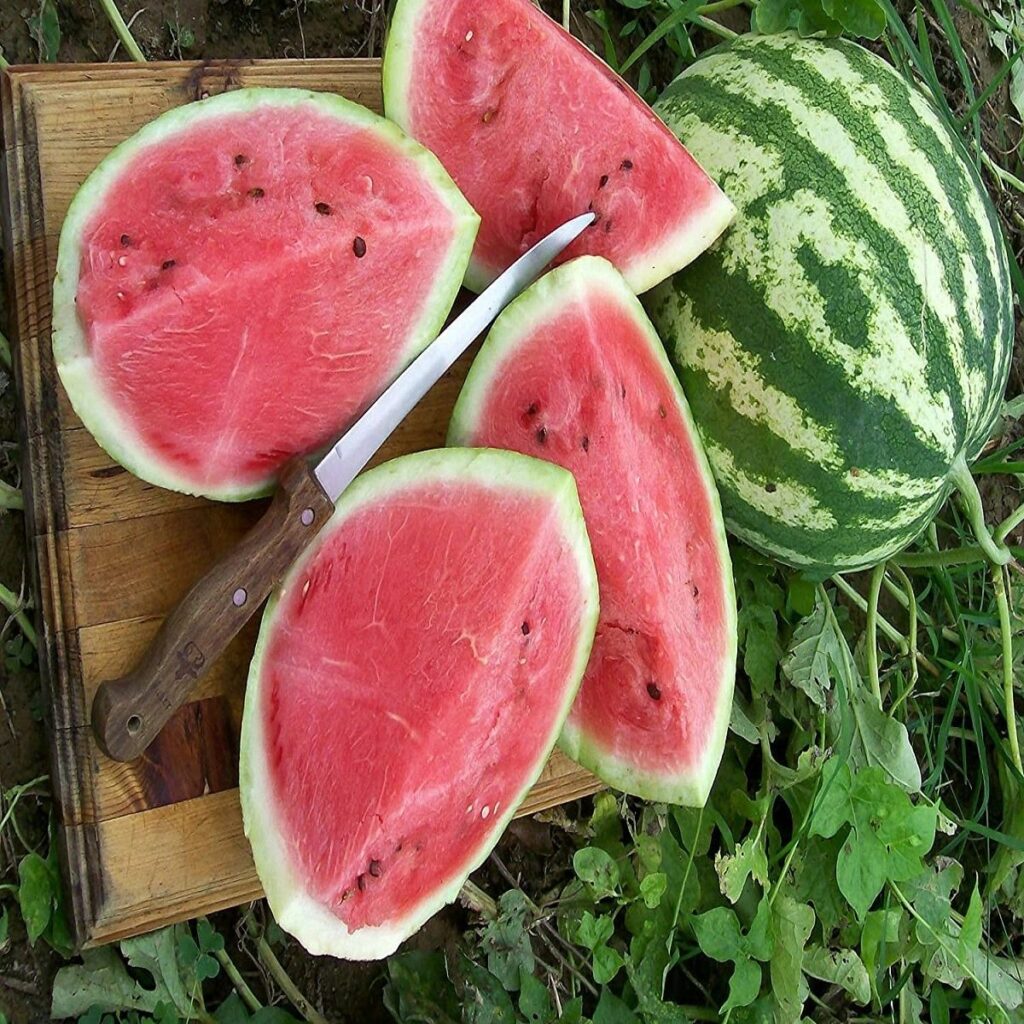
Before we dive into the top producer, it’s important to understand just how popular watermelon is around the world. With its vibrant red color, high water content (over 90%), and essential nutrients like vitamin C, A, and antioxidants, it is a fruit that combines pleasure with health benefits.
Watermelons are cultivated in over 100 countries, and global production has been steadily increasing over the years. The demand for this fruit spikes especially during warmer months in both tropical and temperate regions.
2. The Leading Producer: China
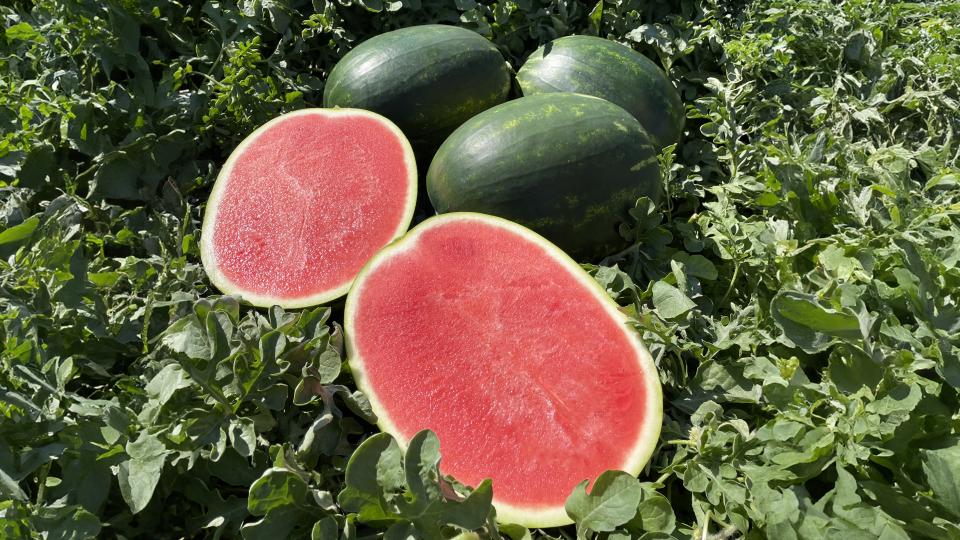
China is the undisputed king of watermelon production.
According to the latest statistics from the Food and Agriculture Organization (FAO) of the United Nations, China consistently produces over 60% of the world’s watermelons, making it the most famous and dominant country in watermelon cultivation.
Annual Production Volume:
- China produces over 60 million metric tons of watermelons annually.
- In comparison, the second-largest producer (Turkey or India, depending on the year) yields less than 10 million metric tons — a fraction of China’s output.
3. Why Is China So Successful in Watermelon Production?
China’s supremacy in watermelon production can be attributed to several factors, including favorable environmental conditions, traditional farming knowledge, modern agriculture technology, and high domestic demand.
A. Favorable Climate and Soil
- Watermelons require a warm climate, ample sunlight, and well-drained soil — all abundantly available in many parts of China.
- Provinces such as Xinjiang, Shandong, Gansu, and Hebei are known for their vast watermelon fields.
B. Centuries-Old Cultivation Tradition
- Watermelon has been cultivated in China for over a thousand years.
- Farmers have developed region-specific techniques and local varieties optimized for yield, taste, and disease resistance.
C. Agricultural Innovation
- China invests heavily in greenhouse farming, drip irrigation, and hybrid seed research.
- Many watermelon farms use plastic mulch to retain moisture and warmth, boosting early-season production.
D. High Domestic Consumption
- With a population of over 1.4 billion, the domestic market for watermelon in China is massive.
- Watermelon is a daily fruit in many Chinese households, often consumed after meals or during festivals.
4. Top Watermelon-Producing Provinces in China
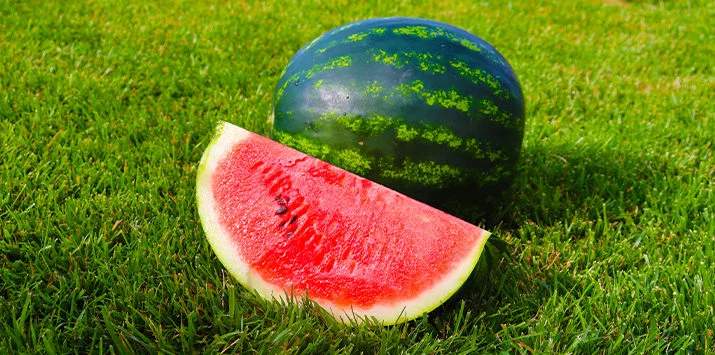
Let’s explore a few regions that lead the charge in watermelon farming:
1. Xinjiang Province
- Known for its dry climate and long sunshine hours, Xinjiang produces watermelons that are exceptionally sweet.
- The region’s watermelons are popular all over China and often exported to neighboring countries.
2. Shandong Province
- One of China’s agricultural powerhouses.
- Produces a wide variety of fruits, including early-maturing watermelon hybrids.
3. Hebei and Henan
- These central provinces contribute significantly to China’s total production.
- Known for integrating modern machinery and efficient distribution systems.
5. Other Major Watermelon Producers Around the World
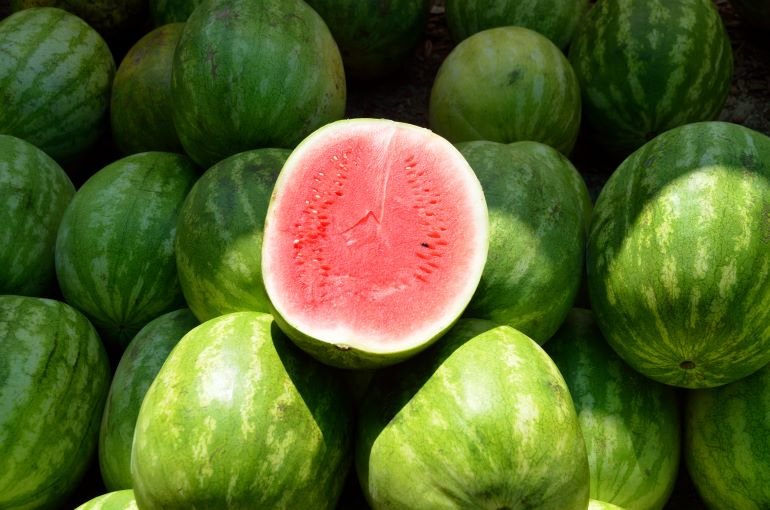
Though China is the leader by a vast margin, several other countries also play significant roles in watermelon cultivation:
| Country | Annual Production (approx.) |
|---|---|
| Turkey | 3.5–4 million metric tons |
| India | 3 million metric tons |
| Brazil | 2.2 million metric tons |
| Iran | 2 million metric tons |
| United States | 1.6 million metric tons |
| Russia | 1.5 million metric tons |
Let’s briefly highlight a few of them:
Turkey
- Known for producing high-quality watermelons in the Adana and Antalya regions.
- Exporter of watermelons to Europe and the Middle East.
India
- Watermelon is grown in states like Karnataka, Maharashtra, and Tamil Nadu.
- Mostly consumed domestically, with increasing demand due to its cooling properties.
United States
- Watermelons are grown in Texas, Florida, Georgia, and California.
- The U.S. has advanced mechanization and produces seedless watermelon varieties for local and export markets.
6. Export and Trade of Watermelons
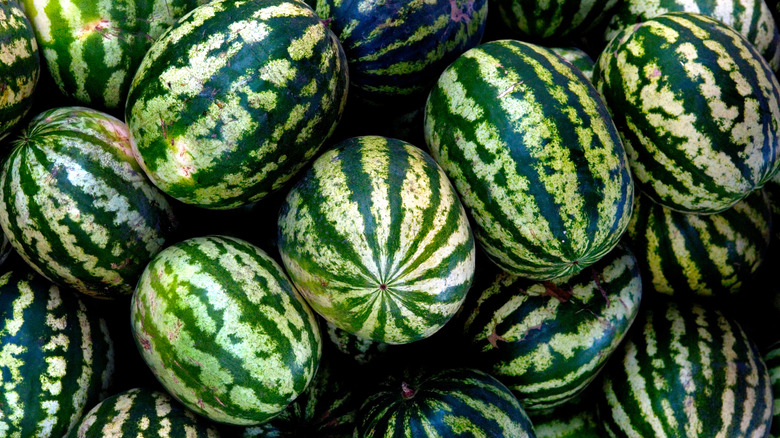
While China dominates production, it is not the largest exporter of watermelons. Much of its crop is consumed domestically. In contrast:
- Mexico and Spain are among the top watermelon-exporting countries.
- Spain exports to Europe, while Mexico supplies much of North America.
- The U.S. imports large volumes of watermelon from Mexico, especially during off-seasons.
7. Watermelon in Chinese Culture and Cuisine
The prominence of watermelon in China isn’t just agricultural — it’s cultural:
- During summer, watermelon is the go-to fruit for beating the heat.
- It is served at almost every household, street food stall, and restaurant.
- In rural areas, large outdoor watermelon-eating contests are held during festivals.
- In Chinese medicine, watermelon is believed to “cool the body”, especially during hot weather.
8. Challenges in Watermelon Farming
Despite its global popularity, watermelon farming comes with challenges:
Climate Sensitivity:
- Watermelon plants are sensitive to cold and require consistent warmth.
Water Requirements:
- Although 90% water, watermelon plants are water-intensive to grow.
Pests and Diseases:
- Prone to problems like powdery mildew, aphids, and fusarium wilt.
Post-Harvest Issues:
- Watermelons are bulky, heavy, and perishable, requiring careful handling and cold-chain logistics.
China has managed these issues well by investing in cold storage, automated transportation, and pest-resistant hybrids.
9. Future of Watermelon Production
As demand for fruit increases globally, watermelon production is expected to expand further. Innovations are shaping the future:
- Seedless varieties are gaining popularity.
- Vertical farming and drone monitoring are emerging in high-tech farms.
- Genetic research is improving resistance to disease and climate variability.
China is leading these developments, which ensures its continued dominance in global watermelon production.
Conclusion
When it comes to watermelon production, China stands unrivaled. Its dominance in this sweet, juicy market is backed by centuries of tradition, favorable geography, innovative farming practices, and a deep cultural love for the fruit. While other countries like Turkey, India, and the U.S. make significant contributions, none come close to China’s scale and influence in the watermelon world.
So, next time you bite into a slice of watermelon, remember — there’s a good chance it originated from the fertile fields of China, the world’s most famous watermelon-producing nation.

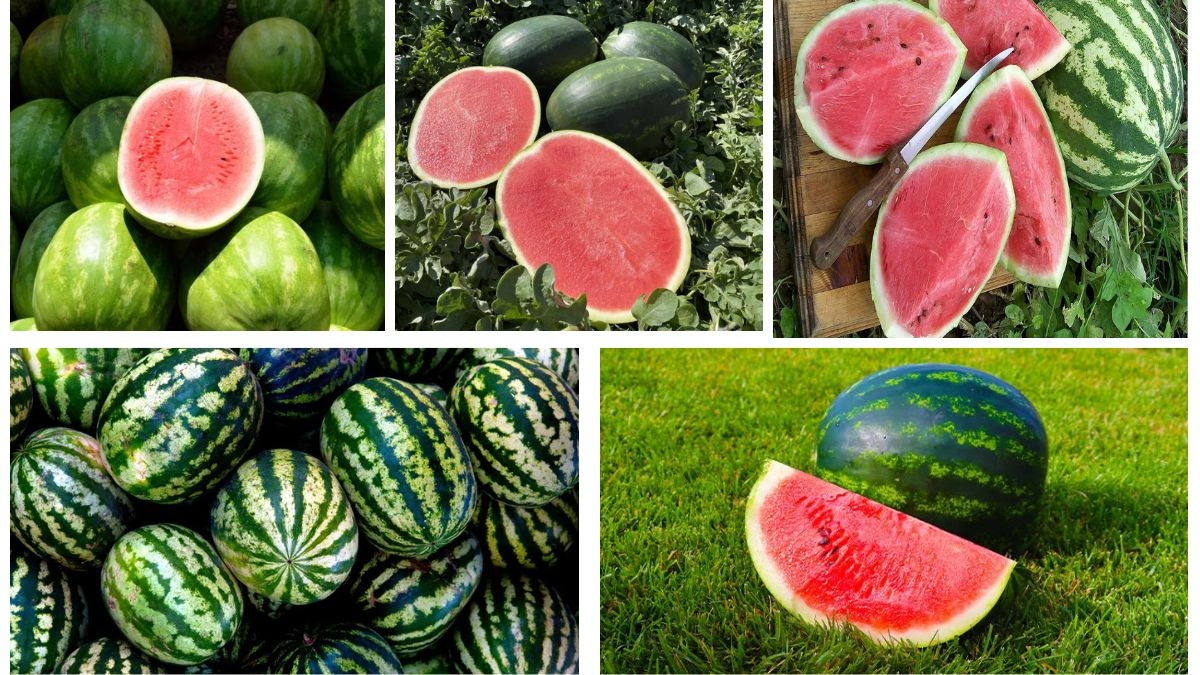



Leave A Comment